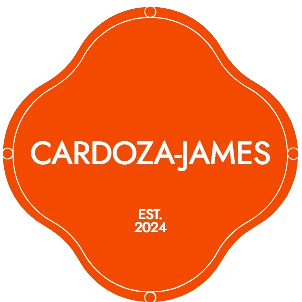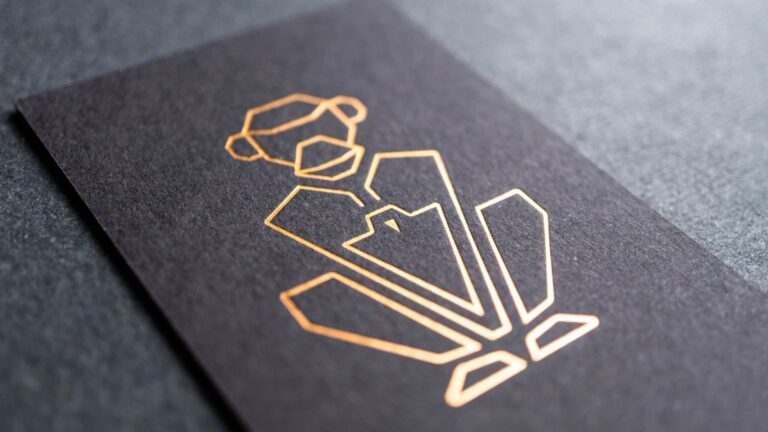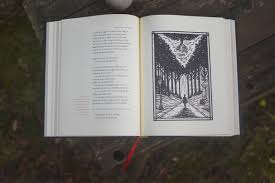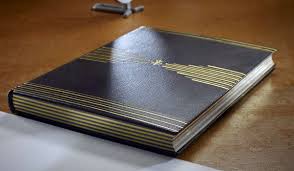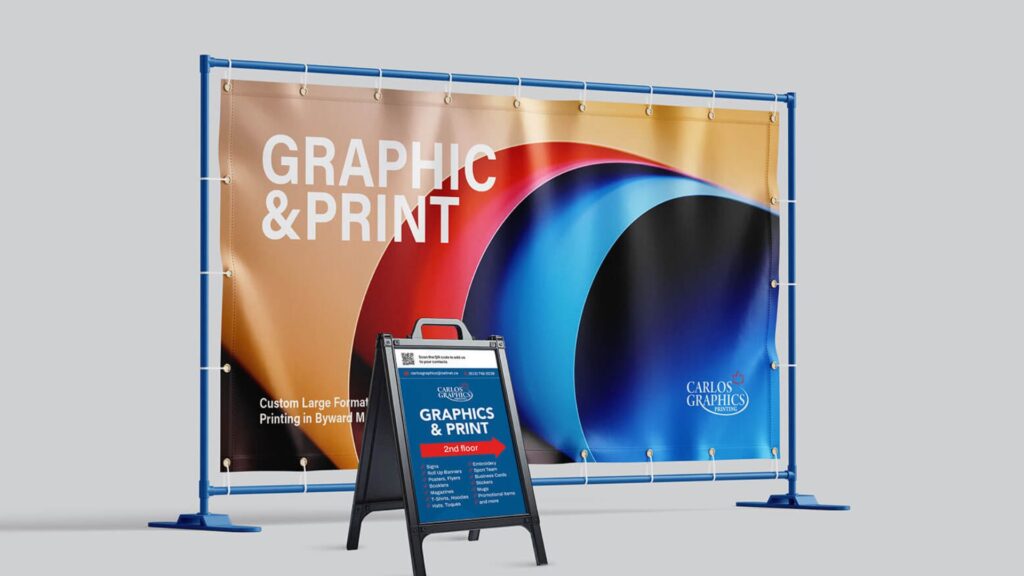
Large format printing has revolutionized how businesses, artists, and event organizers create eye-catching visuals. Used extensively for posters, banners, signage, and displays, this printing method allows for the production of oversized graphics with high impact and vibrant colors. Understanding the technology, materials, and applications of large format printing can help you make informed decisions for your marketing or creative projects.
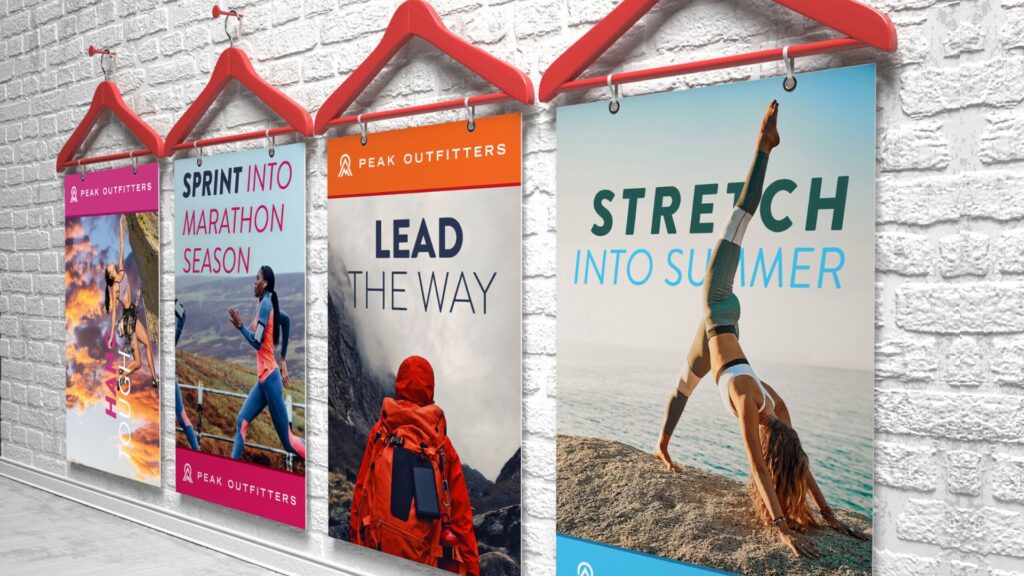
What Is Large Format Printing?
Large format printing refers to printing on materials wider than traditional printers can handle, typically over 18 inches in width. It is used to create prints that range from posters and banners to vehicle wraps and wall murals. Unlike standard printing methods, large format printing requires specialized printers that can handle larger media and deliver high-resolution images at scale.
Technologies Used in Large Format Printing
Inkjet Printing
Inkjet technology is the most common in large format printing. It sprays tiny droplets of ink onto the substrate to produce detailed images. Types of inkjet printing include:
-
Solvent and Eco-Solvent Inks: Durable and weather-resistant, ideal for outdoor banners and signage.
-
UV-Curable Inks: Cured by ultraviolet light, providing quick drying and vibrant colors.
-
Latex Inks: Water-based and environmentally friendly, with good durability.
Dye Sublimation
Used mainly for fabric printing, dye sublimation transfers dye onto polyester textiles using heat, resulting in vibrant, durable prints. It’s popular for fabric banners and soft signage.
Materials for Posters and Banners
Choosing the right material depends on the intended use, location, and desired finish:
-
Vinyl: Durable, weather-resistant, and ideal for outdoor banners.
-
Canvas: Offers a textured, artistic finish suitable for indoor posters and fine art prints.
-
Paper: Often used for indoor posters with a smooth finish.
-
Fabric: Lightweight and foldable, great for trade shows and indoor displays.
Advantages of Large Format Printing
-
High Impact: Large visuals grab attention in busy environments like trade shows or storefronts.
-
Customization: Print any size or shape, tailored to specific needs.
-
Versatility: Suitable for indoor and outdoor use with appropriate materials and inks.
-
Durability: Many large format prints are designed to withstand weather and wear.
Common Applications
-
Posters: Promotional materials for events, movies, or retail.
-
Banners: Outdoor advertising, event signage, or building wraps.
-
Vehicle Wraps: Custom graphics that turn vehicles into mobile advertisements.
-
Trade Show Displays: Eye-catching booths and backdrops.
Tips for Preparing Files for Large Format Printing
-
Use high-resolution images (at least 150-300 DPI at full size).
-
Design at actual size or scale proportionally.
-
Include bleed areas to avoid white borders after trimming.
-
Use CMYK color mode for accurate print colors.
-
Check with your printer for file format preferences (often PDF or TIFF).
Conclusion
Large format printing offers dynamic solutions for creating stunning posters and banners that command attention. By choosing the right technology, materials, and preparing your files properly, you can maximize the impact of your printed graphics for any occasion or venue.
